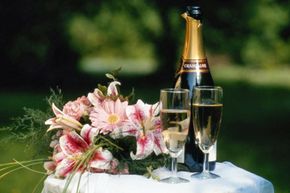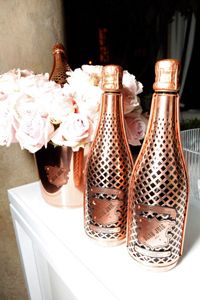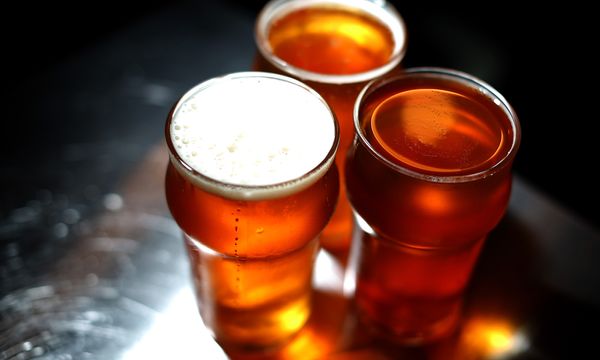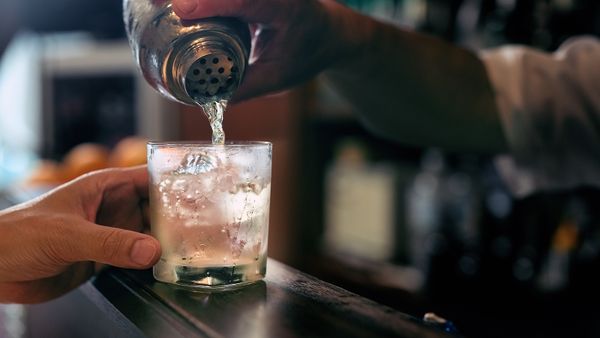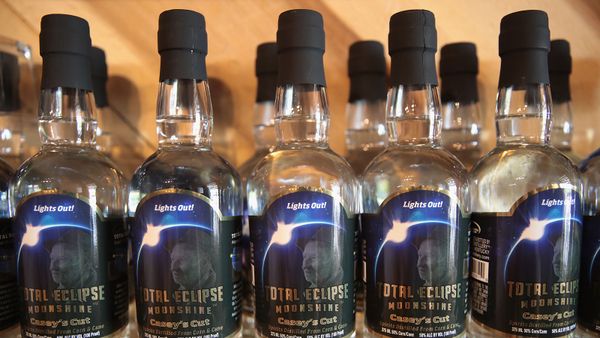Are you a social creature? If so, you know that at just about every dinner party or major celebration, you're likely to be offered some kind of wine -- red or white (maybe both), depending on the cuisine. And then there are other soirees that take things up a notch by serving the bubbling wine known as champagne.
Those bubbles, in addition to the distinct look and taste, are what set champagne apart from other wines. For centuries, the world has been intrigued by its mystique, its cost in comparison to still wines, and a curiosity about what makes it bubble.
Advertisement
A sparkling wine at its finest, champagne just isn't champagne if it doesn't come from its namesake region of France. Situated just 90 minutes northeast of Paris, the region is one of France's most revered. The cool temperatures and moisture in the soil contribute to the character and caliber of the grapes chosen forwinemaking. Ironically, although it's home to the expansive vineyards that arguably produce the best wine in the world, it's also one of the least-visited regions of France.
The high regard for the use of the word champagne has caused international legal battles. As a result, sparking wines produced in other parts of the world can't use the name, despite their similarities to champagne. For example, sparkling wines from the Catalonia region of Spain are labeled cava.
The traditional Champagne region includes the area around Rheims and Epernay. In the early years of champagne production, grapes were only planted in an area covering 84,000 acres around those cities. Today, cities as far north as Burgundy have been authorized to plant the fine grapes that make the famousFrench wineand call it champagne.
Advertisement

